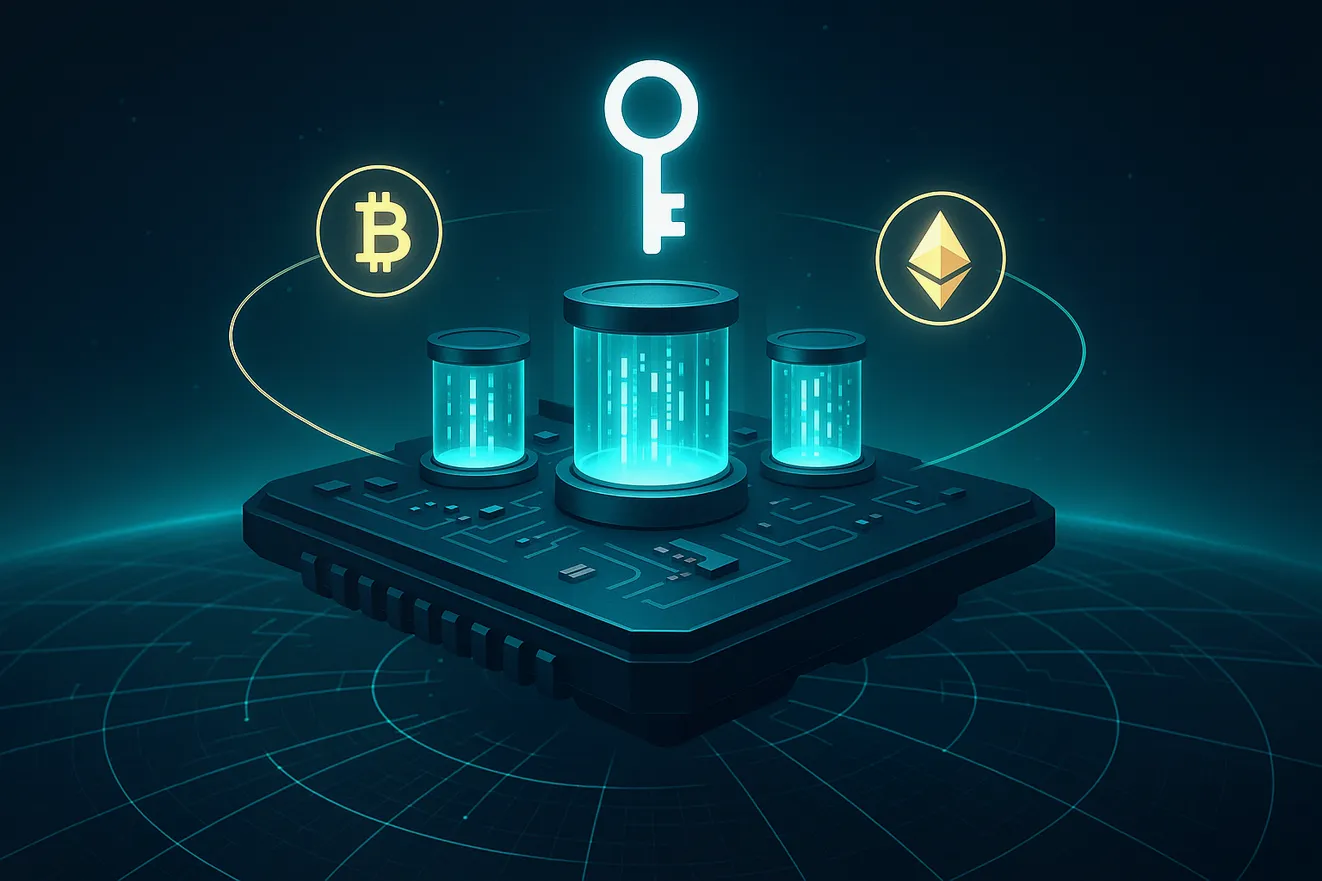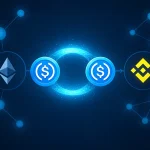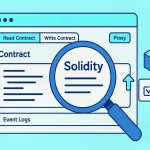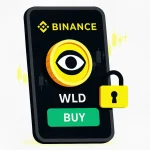The question many developers and investors ask today is simple yet loaded with implications for the future of web3. What is Internet Computer(ICP) and why do people call it a decentralized cloud for smart contracts and web apps? In this guide, we unpack how Internet Computer works, what makes it different from other blockchains, the role of ICP as a token, and how you can get involved whether you are building, staking, or investing.
Quick definition
Internet Computer is a layer-1 blockchain built by the DFINITY Foundation that runs high-performance smart contracts called canisters. These canister smart contracts can serve interactive web content directly to users, store data on-chain, make secure outbound calls, and integrate with networks like Bitcoin and Ethereum through cryptographic signatures. The result is an environment that behaves like a decentralized cloud, not just a transaction network.
Core ideas behind Internet Computer
- Canister smart contracts
- Canisters are Wasm-based smart contracts that bundle code and state. They are composable, upgradeable, and can scale horizontally by splitting across multiple canisters. Developers typically write canisters in Motoko or Rust.
- Reverse gas model
- Instead of end-users paying gas per transaction, canisters prepay execution with “cycles,” improving UX for consumer applications where users may not hold crypto.
- Chain-key cryptography
- The network presents a single public key and uses threshold cryptography under the hood, allowing fast finality and direct signing of messages to external systems. This enables features like native Bitcoin and Ethereum integrations without centralized bridges.
- Web-first architecture
- Canisters can serve HTTP assets directly. Apps can be hosted fully on-chain, including frontends, so users interact with the dapp without relying on Web2 clouds.
- Subnets and scalability
- The Internet Computer is composed of many independent subnets (blockchain replicas) that collectively form a single network. Subnets increase capacity and parallelism, and can host different apps or shards of apps.
What is Internet Computer(ICP) trying to solve
Traditional blockchains handle transactions, but most dapps still lean on centralized servers for storage, web hosting, or background jobs. That creates single points of failure, privacy gaps, and operational risk. Internet Computer collapses the stack by letting you run the app logic and host the frontend fully on-chain. This reduces reliance on centralized providers and aligns more closely with the decentralization ethos.
How canisters work
- Languages and tooling
- Motoko is a language created for the Internet Computer with strong typing and features tailored for canister development.
- Rust is widely used for performance-critical canisters. The toolchain compiles to Wasm and integrates with the canister runtime.
- Upgrades and stable state
- Canisters can be upgraded without losing data by storing it in stable memory and using upgrade hooks. This allows continuous delivery without state resets.
- Inter-canister calls
- Canisters call each other asynchronously, enabling modular architectures and microservice-like patterns. A social app might split profiles, feeds, likes, and notifications into separate canisters for isolation and scale.
- Outbound connectivity
- With HTTPS outcalls and threshold ECDSA signatures, canisters can interact with Web2 APIs and L1s like Bitcoin and Ethereum while maintaining trust minimization.
Tokenomics and roles of ICP
- Utility
- ICP is converted into cycles to pay for computation, storage, and bandwidth. This underpins the reverse gas model that keeps UX smooth for end-users.
- Governance
- The Network Nervous System (NNS) is the on-chain governance system that upgrades the protocol, manages subnets, and oversees core parameters. ICP holders can stake into “neurons,” vote on proposals, and earn rewards.
- Long-term alignment
- Converting ICP to cycles creates a direct link between token value and network usage. As more apps run on the network, demand for cycles can rise.
NNS, neurons, and SNS DAOs
- NNS neurons
- Lock ICP into a neuron to participate in governance. Set a dissolve delay to determine voting power and reward rates. Follow trusted voters or vote manually.
- Service Nervous System (SNS)
- Projects can decentralize their governance by launching an SNS DAO. The SNS controls the dapp’s canisters, upgrades, and parameters. Community members hold and govern the project’s token.
Bitcoin and Ethereum integrations
- Bitcoin integration
- The Internet Computer integrates with Bitcoin using threshold signatures, enabling canisters to hold and move BTC without bridges. Applications can mint ckBTC (chain-key BTC), a 1:1 representation for fast finality and low fees.
- Ethereum integration
- Canisters can sign ECDSA transactions via threshold ECDSA, enabling direct interaction with Ethereum smart contracts and assets. This supports cross-chain use cases like custody, messaging, and liquidity routing.
Internet Identity and user onboarding
- Internet Identity
- A privacy-preserving authentication system that uses WebAuthn-compatible devices (e.g., biometrics, hardware keys). Users get a pseudonymous anchor, improving UX while protecting privacy.
- App UX
- With reverse gas and Internet Identity, end-users can use dapps without first buying tokens. This makes mainstream onboarding much easier.
Performance, storage, and costs
- Execution and finality
- Sub-second ingress validation and fast finality make interactions feel responsive. Apps can be interactive and stateful without roundabout patterns.
- On-chain storage
- Canisters can store significant amounts of data directly on-chain. Costs are paid in cycles, with predictable pricing tied to a reference basket of fiat currencies via the cycles model.
- Cost management
- Teams often isolate data by component and lifecycle, choosing data structures and compression strategies to balance performance and cost.
Security and trust model
- Decentralized replicas
- Each subnet is run by independent node providers. The protocol tolerates a fraction of faulty or malicious nodes while maintaining liveness and safety.
- Chain-key cryptography
- A single network identity signs results, but the keys are never held by any single machine. Threshold cryptography ensures no single operator can compromise signatures.
- Transparent governance
- NNS proposals and votes are on-chain, giving stakeholders visibility into protocol evolution.
What is Internet Computer(ICP) compared with other L1s and L2s
- Ethereum and L2s
- Ethereum’s ecosystem is massive, with rollups scaling execution. Internet Computer takes a different path: it brings web serving and storage into L1, collapsing layers and reducing reliance on centralized infra.
- Solana and high-throughput L1s
- Solana focuses on high-performance execution and parallelization. Internet Computer complements this by specializing in web hosting, stateful services, and cross-chain signing, with a web-first developer experience.
- Storage networks
- Filecoin and Arweave focus on content persistence. Internet Computer stores app state and business logic together, ideal for dynamic, interactive dapps.
Real use cases today
- Social and creator apps fully on-chain (profiles, feeds, media, and web UIs).
- DeFi protocols with multi-chain connectivity and decentralized frontends.
- Enterprise backends that need privacy, auditability, and reliable hosting.
- AI-powered services that run inference inside canisters or orchestrate off-chain models through secure outcalls.
- Tokenized games where logic and assets live on-chain, improving fairness and composability.
Builder journey
1) Learn the stack
– Explore Motoko and Rust canister development. Use the dfx CLI and local replica.
– Review cycles budgeting, inter-canister calls, and upgrade patterns.
2) Design for scale
– Break your app into multiple canisters by domain or bounded context.
– Plan storage layout, indexes, and query patterns for predictable performance.
3) Ship the web on-chain
– Use the asset canister pattern or dedicated frameworks to serve static assets.
– Integrate Internet Identity for passwordless login.
4) Go multi-chain
– Use ckBTC for Bitcoin flows and threshold ECDSA for Ethereum interactions.
– Build cross-chain bridges inside your canisters without centralized custodians.
5) Decentralize governance
– Launch an SNS to put your dapp under community control when ready.
Investor and advanced user journey
- Acquire ICP
- Research liquidity and fees on reputable exchanges. If you are ready to start, sign up via Join OKX with code CRYPTONEWER for a streamlined onboarding experience.
- Self-custody and staking
- Use compatible wallets or the NNS front-end to create neurons. Choose dissolve delays and voting strategies aligned with your time horizon and risk tolerance.
- Convert to cycles
- If you run canisters, convert ICP into cycles to pre-fund your app. Monitor cycle balances like cloud credits.
Risks and trade-offs to understand
- Protocol evolution
- The Internet Computer evolves through on-chain governance. Changes can be fast-paced, which is powerful but requires active monitoring.
- Application complexity
- Running a fully on-chain app means developers need to plan for data architectures, upgrades, and cost strategies. This is different from a web2 backend.
- Market volatility
- ICP is a cryptoasset with price volatility. Only commit what aligns with your risk profile. This is not financial advice.
Frequently asked questions
- Is ICP just another smart contract platform
- It extends the model by integrating web serving, storage, and secure outbound connectivity. Apps can run end-to-end on-chain.
- Do users need ICP to interact with apps
- Not necessarily. Thanks to reverse gas, canisters can sponsor usage via cycles, so users may not need tokens at all.
- How fast is finality
- Finality is typically a few seconds, supporting interactive UX for consumer apps.
- Can I host my frontend on-chain
- Yes. Canisters can serve static assets and dynamic content, removing reliance on centralized CDNs.
- How does ICP talk to Bitcoin and Ethereum
- Through chain-key cryptography and threshold signatures that let canisters sign transactions securely without bridges.
How to get started today
- Explore docs and examples
- Visit official docs, clone sample canisters, and run the local replica to get comfortable with the development loop.
- Set up identity and wallet
- Use Internet Identity for login to many IC dapps and set up a wallet that supports ICP and neurons.
- Acquire ICP and try governance
- Create an NNS neuron and vote on proposals to learn the governance flow. You can obtain ICP on major exchanges such as OKX new user signup CRYPTONEWER and then transfer to self-custody.
- Build a proof of concept
- Deploy a small canister that stores user profiles, serves a static frontend, and integrates Internet Identity. Add ckBTC or Ethereum calls when ready.
Why builders and investors care
What is Internet Computer(ICP) if not a bet that the cloud itself can be decentralized and programmable by anyone. For builders, the value is simplicity at scale: a single environment where logic, data, and the web layer unify. For investors, the value is alignment: network usage consumes cycles derived from ICP, governance is on-chain, and integrations expand the addressable market across Bitcoin, Ethereum, and Web2.
Pro tips for success
- Model your data and queries early
- Indexing, pagination, and storage formats matter for performance and cost.
- Budget cycles like cloud credits
- Treat cycles as operating expenses and monitor them closely with alerts.
- Use canister boundaries
- Encapsulate distinct services into separate canisters for manageable upgrades and clear SLAs.
- Leverage Internet Identity
- Reduce friction for sign-in and elevate privacy and security.
- Plan governance
- Whether you use the NNS or launch an SNS, involve your community early with transparent roadmaps.
Where to buy ICP and support your journey
You can buy, trade, and manage ICP on reputable platforms. If you want a fast start with potential new-user perks, register through OKX referral code CRYPTONEWER. After purchasing, consider moving funds to self-custody and exploring staking via neurons for governance participation.
Key takeaways in one glance
- What is Internet Computer(ICP)
- A decentralized, web-capable L1 where canisters serve frontends, run logic, store state, and reach out to external networks.
- Why it matters
- It collapses the dapp stack into a single trust-minimized environment, unlocking end-to-end decentralization.
- How ICP is used
- ICP fuels computation via cycles and powers on-chain governance via the NNS.
- Who should care
- Builders seeking web-scale dapps without centralized dependencies and investors interested in usage-aligned tokenomics.
- Where to start
- Code a canister, spin up Internet Identity, and get ICP through Join OKX with code CRYPTONEWER to participate in governance and development.
Finally, always research and test in a sandbox before committing meaningful capital or launching critical apps. The Internet Computer is powerful, but good architecture, governance discipline, and security practices remain essential for long-term success.





